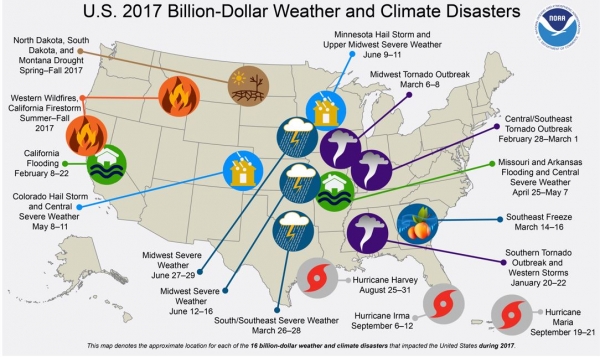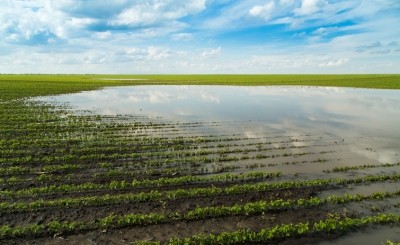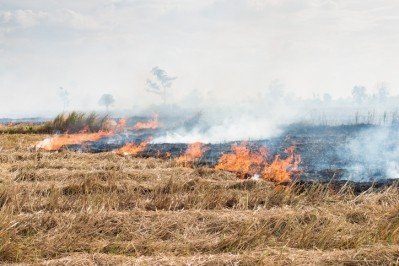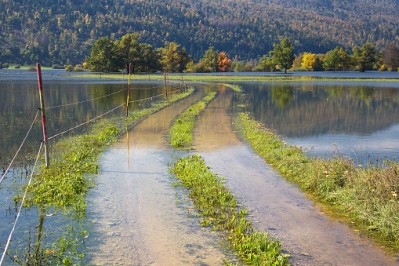Hurricanes, floods and drought: Counting the cost for the US ag sector
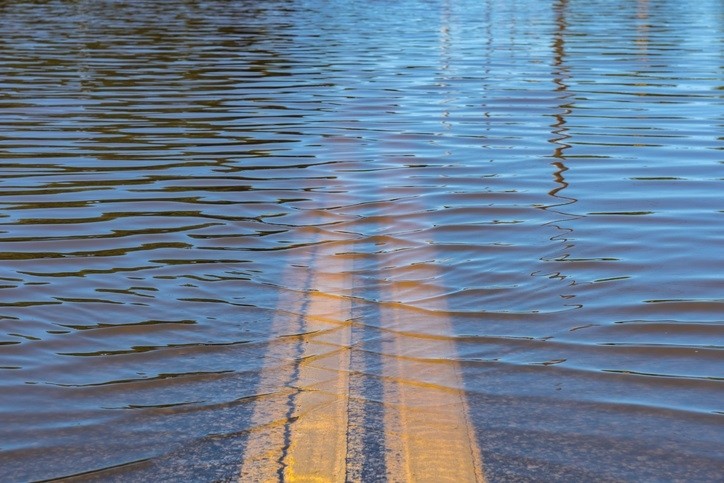
Accounting consumer price index inflation changes, the previous record for financial damages arising out of weather events in the US was set in 2005, when the costs incurred reached $214.8bn, said the US National Oceanic and Atmospheric Administration (NOAA). The agency released a report outlining some of the damage and its costs this week.
NOAA’s National Centers for Environmental Information recorded 16 weather-related disasters and climate events with financial implications of $1bn or more last year. The events included eight severe storms, two inland floods, a crop freeze, three tropical cyclones and drought and wildfire, said the agency.
Feed producers and users were among those to be affected, said a NOAA spokesperson.
“Indeed, there were many 2017 US events in which the agriculture losses were substantial - several hundred million each at a minimum: each of the three major hurricanes, the southeast crop freeze, the late-April to early-May inland flooding, the Napa Valley California wildfires and the Dakotas and Montana drought,” he told FeedNavigator.
The report drew down information on total direct costs from several data sources including the Federal Emergency Management Agency, US Department of Agriculture, Insurance Services Office, National Interagency Fire Center, Energy Information Administration, state agencies and the US Army Corps, he said.
Flooding and crop freeze
On the feed and agricultural side, flooding in several states in the Midwest in the spring damaged fields and production, the agency said. A crop freeze in March in the southern US came after a period of warm weather when crops had started to emerge.
“Extreme drought causes extensive impacts to agriculture in North Dakota, South Dakota and Montana,” the agency said. “Field crops including wheat were severely damaged and the lack of feed for cattle forced ranchers to sell off livestock. This drought has also contributed to the increased potential for severe wildfires.”
Individually the hurricanes that hit earlier this year did not leave US feed and livestock production untouched.
In Texas, Hurricane Harvey was predicted to have caused around $93m in damages to livestock production and $8m to feed and grain crops, reported Texas A&M’s AgriLife Center.
“One of the big things that was lost was hay loss,” said David Anderson, AgriLife Extension livestock economist and professor in the department of agricultural economics at Texas A&M at the time. “Whether you buy hay or you buy other feeds, and they may not be purchased until later this winter, the value or replacement feeds is a big deal.”
Animal costs go beyond the expense of recovering animals, as there are larger issues involved, he said. However, damages could have been worse as most of the flooding was freshwater.
In Florida, damages to overall agriculture production, including field crops, aquaculture and dairy and beef cattle, were predicted to be more than $2.5bn according to information from the Florida Department of Agriculture and Consumer Services.
NOAA’s more comprehensive report attempted to account for damage done to agricultural assets including crops, feed grains and livestock, the NOAA spokesperson said. It also covered physical damage to commercial, residential, government and municipal building, time losses and business interruption, vehicles and boats, infrastructure and disaster restoration and wildfire costs.
However, the loss assessment does not account for all factors and should be considered conservative, he said.
